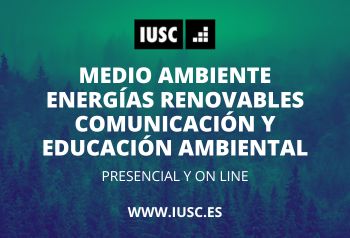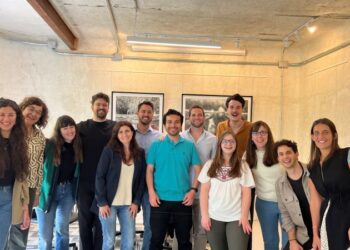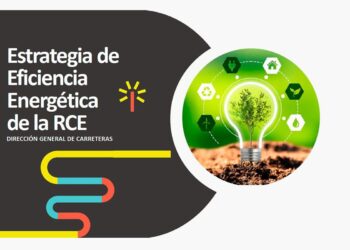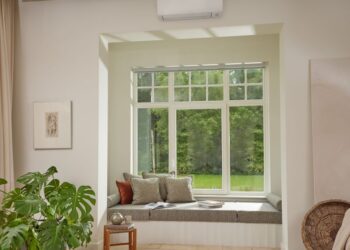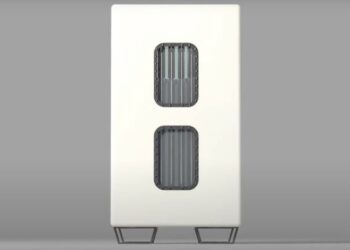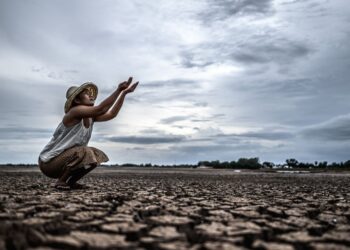For the longest time, Africa has been dubbed as the world’s poorest inhabited continent.
Because of this title, the region is seeing the need to remodel its economy to keep up with the ever-changing world. In recent years, African countries are among the fastest growing economies in the world.
According to the African Development Bank’s Energy, Environment and Climate Change Department, transforming Africa means creating a climate resilient and greener continent.
The Scenario
While Africa only accounts for 3.8 percent of the global greenhouse gas emissions, it is among the most susceptible regions in the world to the effects of climate change.
For instance, modeling results from the Intergovernmental Panel on Climate Change revealed that climate change is seriously affecting water levels of major rivers and lakes in Africa, thus leading to increased frequency and severity of droughts, floods and other extreme weather conditions.
These negatively impact African economies, many of them largely dependent on climate sensitive sectors such as agriculture, forestry, fisheries and tourism.
Poor infrastructure is also a key factor for the continents under development. More than half of the countries in Africa experience chronic power outages, hampering industrialization and other economic progress. Meanwhile, lack of water and sanitation infrastructure costs Africa the equivalent of some five percent of its gross domestic product.
The African Development Bank has highlighted the need for “transformative” infrastructure projects that will establish climate resilience throughout the continent, as well as increase energy access through utility-scale and off-grid solutions.
Decade of transformation
Under its latest 10-year strategy (2013-2022) for Africa, the AfDB focused on two key objectives to bring about transformation – inclusive growth and green growth.
The first objective aims to achieve growth that is more inclusive, leading to significant reduction in poverty and increase in jobs, while the second objective seeks to ensure that this growth is sustainable, protecting livelihoods, improving water, energy and food security, promoting the sustainable exploitation of natural resources and driving innovation, job creation and holistic economic development.
“When growth is inclusive as well as ‘green,’ it creates the jobs that the continent needs now and that it will need in ever greater numbers as millions more young people enter the job market, with energies and aspirations to match,” said the AfDB.
The multilateral bank committed itself to support infrastructure that will ensure the achievement of these objectives. It noted that without major investments in infrastructure Africa’s economic and social development will continue to “seriously lag behind that of the rest of the world.”
Five main channels will be utilized by the AfDB to carry out the strategy, fulfilling its part to transform Africa. These include infrastructure development, regional economic integration, private sector development, governance and accountability, skills and technology.
Transformational projects
As the sole entity responsible for assisting economic development and social progress of African countries, the African Development Bank, even before the release of the 10-year plan, has been engaged in a number of infrastructure developments across the continent.
These projects focus on the sustainable use of natural resources, including renewables intended for clean electricity production.
In Morocco, the world’s largest concentrated solar power plant is soon to be plugged in backed by a $900 million loan from the AfDB in partnership with Clean Technology Fund (see related story).
The two-phase Ouarzazate C.S.P. plant is expected to have a 500-megawatt capacity, providing power to 1.5 million people.
Its first phase alone, a 160 MW plant will help Morocco prevent 240,000 tons of carbon emissions annually and save1 million ton oil equivalent. It will also generate about 800 jobs during construction and 50 during operation and maintenance.
Also in Morocco, an integrated wind/hydro and rural electrification program is being hosted by the AfDB. Due for completion in 2017, the program is aimed at raising national power capacity by 1,270 MW and expanding rural electrification to 86,000 households in 24 of Morocco’s most remote and vulnerable areas. Energy generated from wind and hydro will offset three million tons of carbon emissions per annum.
Meanwhile in Kenya, a 400 MW geothermal plant is set to supply power to 84 percent of the country which currently does not have energy access. Through a $146 million fund co-provided by the AfDb and the Climate Investment Funds, the Menengai Geothermal Power Plant will deliver electricity to roughly 500,000 households and around 300,000 small businesses when completed by 2016. It will also avoid the emissions of 2 million tons of carbon equivalent per year and increase Kenya’s installed generation capacity by 20 percent.
Over the next 10 years, the AfDB stressed that Africa will need new and innovative sources of finance to back more transformative projects like these and bridge infrastructure gap within the continent.
“In a decade of seismic shifts in the global economy, Africa has defied the pessimists and experienced significant growth. That economic growth must now translate into real economic transformation, which will bring jobs and opportunities to its citizens. That is what makes the next decade so decisive, and the African Development Bank’s Strategy for 2013 to 2022 so vital,” said Donald Kaberuka, President of the African Development Bank Group.





